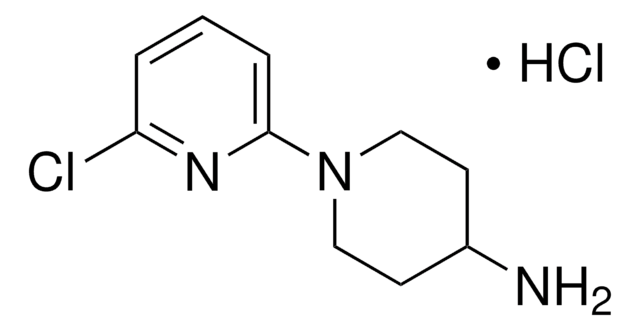S8761
Sodium Bicarbonate
Solution (7.5%), sterile-filtered, suitable for cell culture
Synonym(s):
aqueous sodium bicarbonate
About This Item
Recommended Products
Product Name
Sodium bicarbonate solution, solution (7.5%), sterile-filtered, BioReagent, suitable for cell culture
sterility
sterile-filtered
Quality Level
product line
BioReagent
form
solution (7.5%)
technique(s)
cell culture | mammalian: suitable
impurities
endotoxin, tested
pH
7.8-8.2
storage temp.
2-8°C
SMILES string
[Na+].OC([O-])=O
InChI
1S/CH2O3.Na/c2-1(3)4;/h(H2,2,3,4);/q;+1/p-1
InChI key
UIIMBOGNXHQVGW-UHFFFAOYSA-M
Looking for similar products? Visit Product Comparison Guide
Related Categories
General description
Application
- as a component of Hanks′ buffered salt solution (HBSS) and recording medium for culturing of tissue explants from rats or mice
- as a component of Dulbecco′s modified Eagle′s medium (DMEM) to culture mice tissue explants
- as a component of Minimum Essential Media (MEM) to study the cytotoxicity against human colorectal adenocarcinoma cells and mammary gland adenocarcinoma
- to prepare collagen mix droplets for 3D collagen sprouting assay
- to prepare collagen matrix for rat epidermal keratinocyte (REK) organotypic culture
Preparation Note
Storage Class Code
12 - Non Combustible Liquids
WGK
WGK 1
Flash Point(F)
Not applicable
Flash Point(C)
Not applicable
Choose from one of the most recent versions:
Already Own This Product?
Find documentation for the products that you have recently purchased in the Document Library.
Customers Also Viewed
Protocols
3-D Culture Matrix™ Collagen I facilitates cellular growth and differentiation in vitro, offering versatile applications in biomedical research.
Our team of scientists has experience in all areas of research including Life Science, Material Science, Chemical Synthesis, Chromatography, Analytical and many others.
Contact Technical Service








